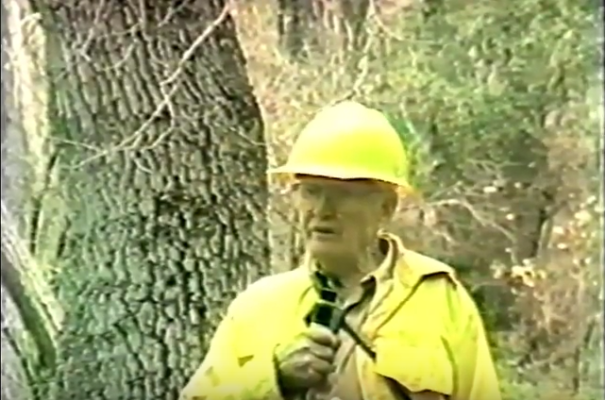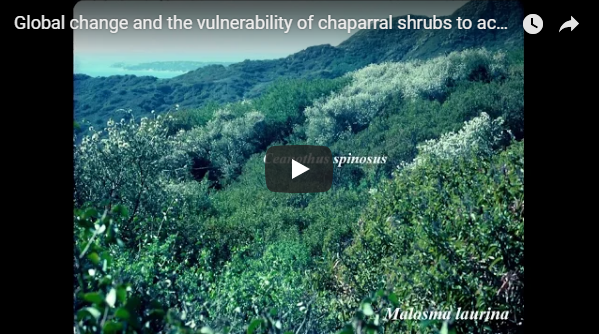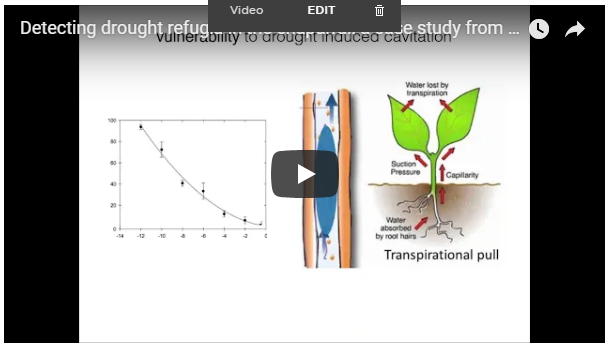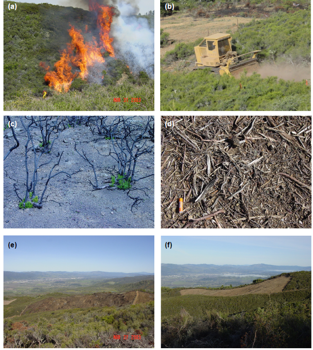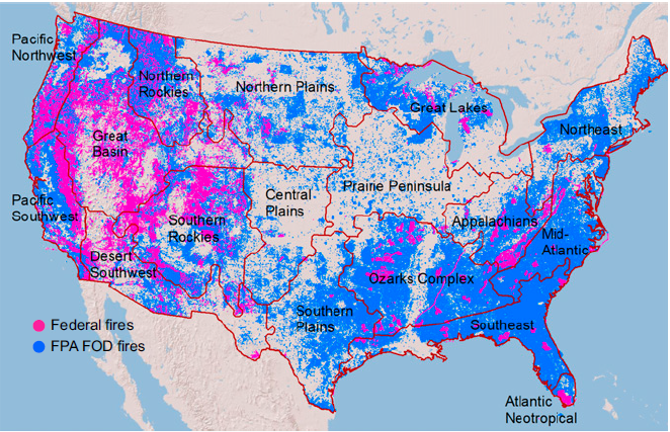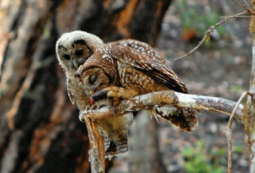Abstract
The wildland-urban interface (WUI) is the area where houses and wildland vegetation meet or intermingle, and where wildfire problems are most pronounced. Here we report that the WUI in the United States grew rapidly from 1990 to 2010 in terms of both number of new houses (from 30.8 to 43.4 million; 41% growth) and land area (from 581,000 to 770,000 km2; 33% growth), making it the fastest-growing land use type in the conterminous United States. The vast majority of new WUI areas were the result of new housing (97%), not related to an increase in wildland vegetation. Within the perimeter of recent wildfires (1990–2015), there were 286,000 houses in 2010, compared with 177,000 in 1990. Furthermore, WUI growth often results in more wildfire ignitions, putting more lives and houses at risk. Wildfire problems will not abate if recent housing growth trends continue.
Read More

